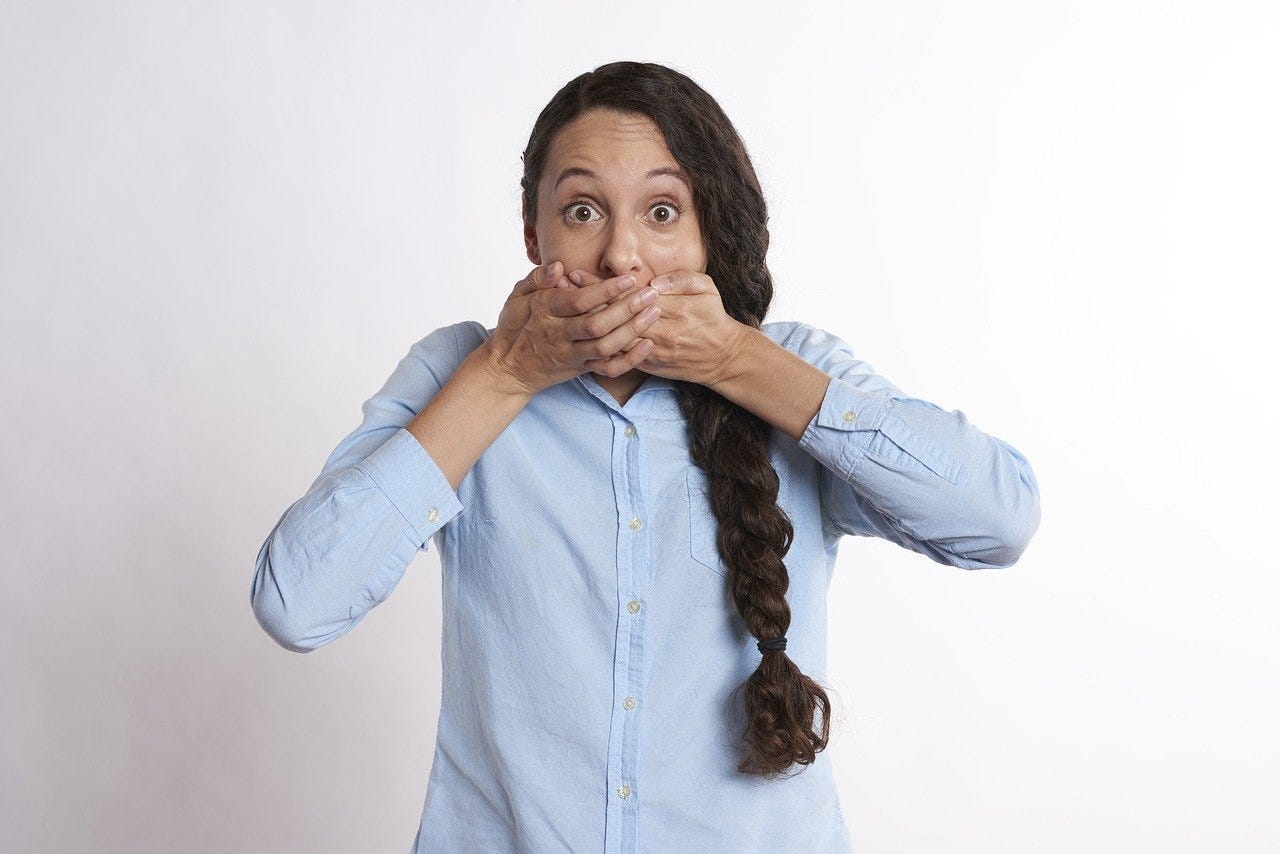Understanding neurotypicals – Part II
Facial expressions
There was this guy in my high school who didn’t show any facial emotion.
He could have conversations and small talk, he was perfectly able to read other people’s facial emotions, and yet, he would not show any on his face.
One day, we were sitting at the bus stop, and my friend Giuseppe told him: “you know, I find weird that you don’t smile when you say hi in the morning.”
His reply: “I didn’t know I was supposed to. I’ve noticed that other people do so, but I didn’t know it was a requirement.”
From that day on, he showed a big smile every time he said hi.
And a few months later, without any classmates having further discussed the matter, he began showing more facial emotions. His classmates began inviting him out more. His social life took a turn for the better.
What happened? Is it really possible that a simple remark changed his capacity to believe appropriately?
Implicit rules
I do not want to generalize too much, saying that the experience of the guy in my high-school class can apply to everyone who does not display facial emotions. But there is definitely a percentage of people who do not display facial emotions because they never made the connection between “neurotypicals make facial expressions” and “facial expressions are required for conversations with neurotypicals”.
To neurotypicals, this could be baffling. Of course, you’re supposed to display facial emotions. That’s what everyone does. No need to tell you.
They learned it automatically, so for them it’s a clear and explicit a rule of how the world goes. But it’s not. There is no textbook saying that. There is no teacher saying that. It’s an implicit rule and, as such, there are people who never learn it.
Facial expressions are required
Neurotypicals will expect that, during a conversation with them, you display some facial emotions. Otherwise they will take wrong conclusions, such as:
If someone doesn’t display facial expressions, it means that he doesn’t care. He is not a part of the group. He should be left alone.
I know, you don’t want to display facial expressions because you are afraid they might be used against you. Well, the thing is: the lack of facial expressions will be used against you anyway.
So you might as well begin using facial expressions, at least in the situations where there could be no mistake made. For example, smiling when saying hi in the morning.
A list of required facial expressions
Here are some facial expressions you might be required to make:
When you meet someone for the first time in the day, you’re supposed to give a big, sincere smile while saying “hi”; otherwise, they might think that they are a nuisance to you.
When smiling, you’re supposed to smile with both your mouth and your eyes 😊. A smile which is made only with the mouth 🙂is perceived as fake or condescending. If you only smile with the mouth, they might think you’re making fun of them or that you’re annoyed by their presence.
When someone tells you an interesting or surprising fact, you’re supposed to show surprise, for example by opening your mouth 😲. Otherwise, they might think you’re not enjoying their story and will be hurt or react by not talking to you anymore.
When someone tells you something bad that happened to them, you’re supposed to show concern by simultaneously contracting and raising your eyebrows or by looking sad 😞. Failure to do so will be interpreted as you not caring for your friend.
This are just the most common of the many facial expression you’re required to display during social interactions.
Next…
Next Tuesday you’ll receive the third part of this series. If you have any questions, or wish for a topic to be discussed, don’t hesitate to reply to this email or write me at Luca@Luca-Dellanna.com.


